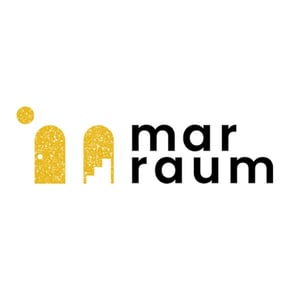At Marraum, we work on a wide range of new build and renovation projects. And while they’re all unique, they often have something in common: the need for an approved planning application. Following the preparation and brief (RIBA Stage 1) and concept design (RIBA Stage 2), the next stage of the process is spacial coordination, which often culminates in a planning application.
A planning application must contain all the essential information your Local Planning Authority needs to know to approve building projects. This ensures your proposed construction or renovation aligns with local zoning laws and regulations, which can include everything from environmental factors to heritage consultants. But the question is, how much does a planning application cost?
How much does a planning application cost in the UK?
For many years, the fee for householder applications was £258 and covered aspects such as home extensions, renovations, and alterations. However, planning application costs have increased over time, which is mainly due to inflation as well as the rising costs of application processing.
Planning application fees vary significantly and depend on the nature and scale of the requested permissions. For alterations to a single dwelling such as an extension, you must submit a householder planning application to carry out any construction work. However, if you’re hoping to create a new dwelling, you’ll need to submit a full planning application.
From April 2025, updated planning fees will come into effect across England. Here are the two main increases that will impact projects we work on:
- The fee for householder applications has increased from £258 to £528.
- The fee for a full application for a single dwelling has gone up from £578 to £588.

Why is there an increase in planning application fees?
These increases are part of a broader governmental plan to make sure that planning departments have both the resources and funds to efficiently handle applications in a timely manner.
A government consultation revealed a £262 million funding gap in development management services across England. Householder applications, which account for over 50% of all planning applications, were identified as a major contributor to this shortfall, as the previous fees did not fully cover the cost of processing them.
By raising the fees, the government aims to ensure that local councils have sufficient resources to:
- Hire and train additional planning officers.
- Improve the efficiency of application processing systems.
- Provide a higher level of service to applicants, reducing waiting times.
The ultimate goal is to create a self-sustaining planning system, where applicants contribute a fair share towards the cost of determining their proposals, rather than relying on subsidies from general taxation.

What do the planning fees go towards?
Planning application fees are used to cover the administrative costs of processing and determining applications. These costs include:
- Administration: Recording applications, managing documentation, and liaising with applicants.
- Consultations: Seeking advice from environmental agencies, highways authorities, and conservation bodies.
- Site visits: Conducting on-site assessments to ensure compliance with planning policies.
- Decision-making: Assessing applications against local and national planning policies, issuing approvals or refusals.
Are planning fees subsidised and where from?
Planning application fees are set to recover the costs of processing applications. However, when fees fail to cover the full expense, the shortfall is typically subsidised by local government funds, derived from council tax, business rates and general taxation.
In recent years, the government has recognised that local planning authorities have been underfunded, leading to inefficiencies and delays in the application process. The increase in planning fees is intended to reduce the reliance on subsidies by ensuring that those who benefit from the system contribute a fair proportion towards its costs.
While the rise in fees may seem steep, it is expected to create a more sustainable planning system, ensuring that local authorities have the resources needed to process applications more efficiently and deliver decisions in a timely manner.
Are you looking to renovate your current property or build a new home? Our architects can help you with every stage of the process, from defining your brief and concept design to submitting your planning application ahead of construction.
Get in touch to discuss your requirements with our team or learn more about Marraum’s planning application process here.



